What The Heck Is Salsify?
Learn all about salsify, the root vegetable you've probably never heard of. It may be ugly, but it's oh, so tasty!
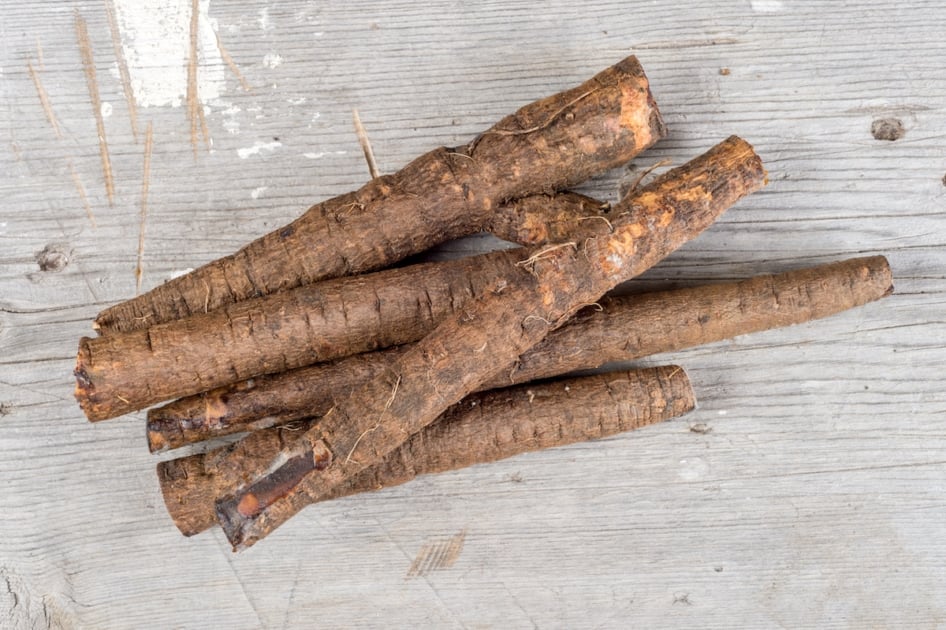
“Salsify” sounds like something you might do to tomatoes before turning them into salsa! But this skinny vegetable has nothing to do with tomatoes or Mexican food. Instead, salsify (actually pronounced “SAL-se-fee”) hails from the Mediterranean, where ancient Greeks and Romans harvested the roots for both food and medicine. Here’s what it tastes like and how to harvest, and cook it!
Where does it come from?
Through the Middle Ages and up until the last century, this vegetable was a common sight in both Europe and the United States. However, with the advent of refrigeration, people started using vegetables that were more difficult to preserve, and the once-popular salsify faded into obscurity.
Two Varieties:

This plant comes in two different varieties: black salsify and white salsify. Throughout history, it has gone by many names, including purple goat’s beard and vegetable oyster. To this day, you’ll often see black salsify referred to as scorzonera. But it’s not exactly pretty, so many people may pass right by this vegetable without giving it much thought.
So what, exactly, is salsify? Tragopogon porrifolius is a long, thin root vegetable that’s a member of the dandelion family. It looks similar to a medium or large carrot or parsnip. Black salsify is immediately recognizable by its dark, nearly black, smooth skin while white salsify has brown or tan skin and is more “hairy.” Both varieties have white flesh that looks similar to a turnip.
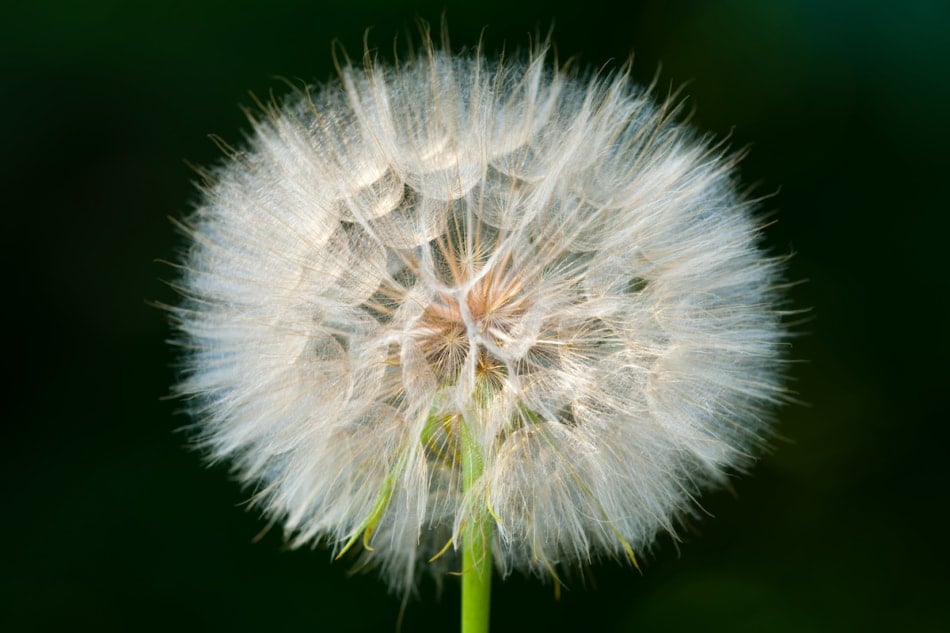
In the garden, salsify makes an excellent bedding or background plant. The greens, which are also edible, look like tufts of coarse grass, and they grow up to three feet tall. It has dusky pink to purple blooms that look something like a cross between a daisy and a dandelion. And, just like dandelions, the flowers turn into white puffs when they go to seed!
Using Salsify in Cooking
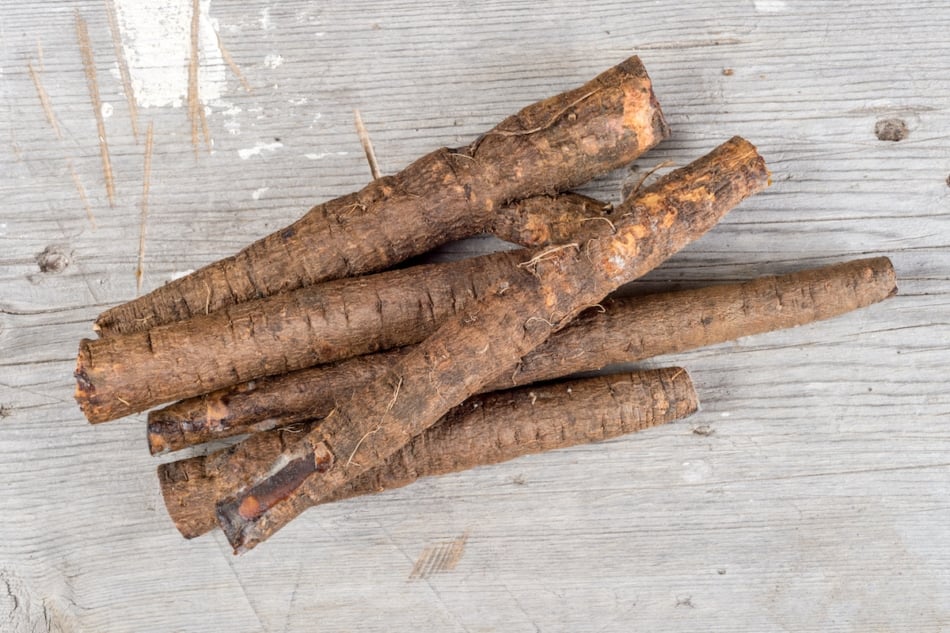
Centuries ago, this plant saw some medicinal use for gallbladder and liver complaints. Black salsify was sometimes called “Viper’s Grass” because it was a popular remedy for snakebites. Today, it can be used as a replacement for nearly any root crop—especially potatoes. Boil it, mash it, put it in your favorite soups and stews or simply cube it and sauté it in butter with its greens. You can even use it in place of potatoes in au gratin or scalloped potatoes recipes.
The best part is that salsify is much better for you than most starchy root vegetables. These simple roots contain lots of iron, vitamin C, thiamin, calcium, and phosphorus, and provide a healthy dose of fiber. They also have as much potassium as a banana. All of this earns them “superfood” status.
What Does Salsify Taste Like?
Many claim that salsify tastes a little bit like oysters, which is one reason why it’s often called “vegetable oyster.” In truth, black salsify has a mild oyster flavor that makes it perfect for chowder or mock oyster soup. White salsify has a somewhat different flavor, similar to artichoke hearts or asparagus.
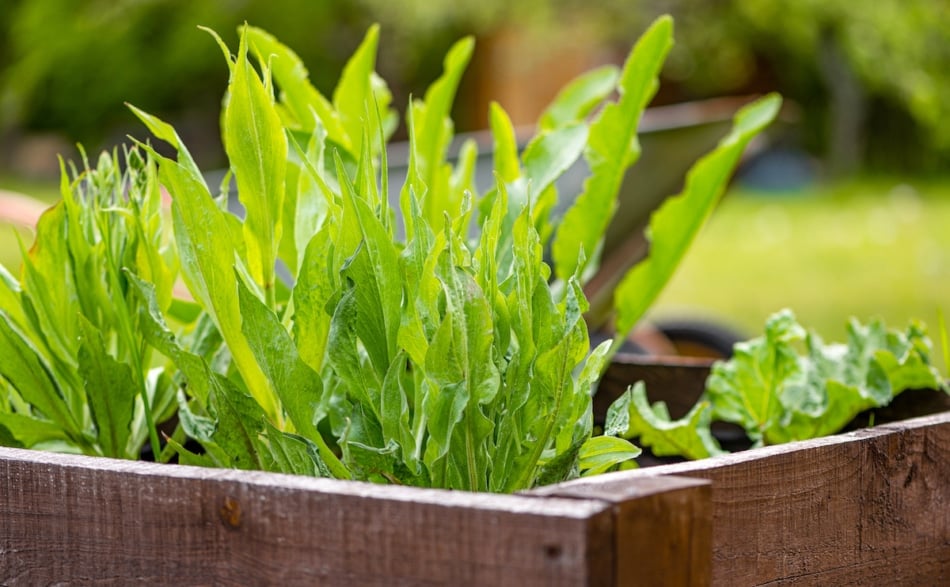
Growing Tips
Finding salsify in grocery stores is often difficult, so many people choose to grow it themselves. These hardy plants are resistant to most diseases and pests don’t pose a threat to them, so growing it is easy!
The best time to plant salsify is in early spring in areas that get snow, and early autumn in areas where snow does not fall. It takes about 100-120 days for the plant to reach harvesting size and they prefer cool weather.
You’ll be starting with seeds—simply plant them every four inches in rows spaced 12 to 16 inches apart. Salsify prefers moderate-to-poor soil. Too much manure or compost will produce poor-quality roots. And when weeding, make sure that you don’t inadvertently weed out your seedlings since sprouting salsify looks exactly like young grass.
Harvesting Salsify
As you’re harvesting these roots, you won’t need to worry about preserving them. Salsify doesn’t can or freeze particularly well, and it goes limp relatively quickly after being harvested. The best (and easiest!) way to keep the roots is to leave them in the ground until you’re ready to eat them. If you live in an area where the ground freezes during the winter, dig the salsify roots right before the first freeze. Then you can also store them in sand (see sand storage methods here) placed somewhere that stays cool but not frozen, like a root cellar or in the garage.
These days, lots of fruits and veggies are labeled as “superfoods” but salsify is one of the few vegetables that truly lives up to that name. It’s easy to grow, packed with vitamins and minerals, and it has a scrumptious flavor that lends itself well to all kinds of dishes.
Find out when is a good day to plant salsify!
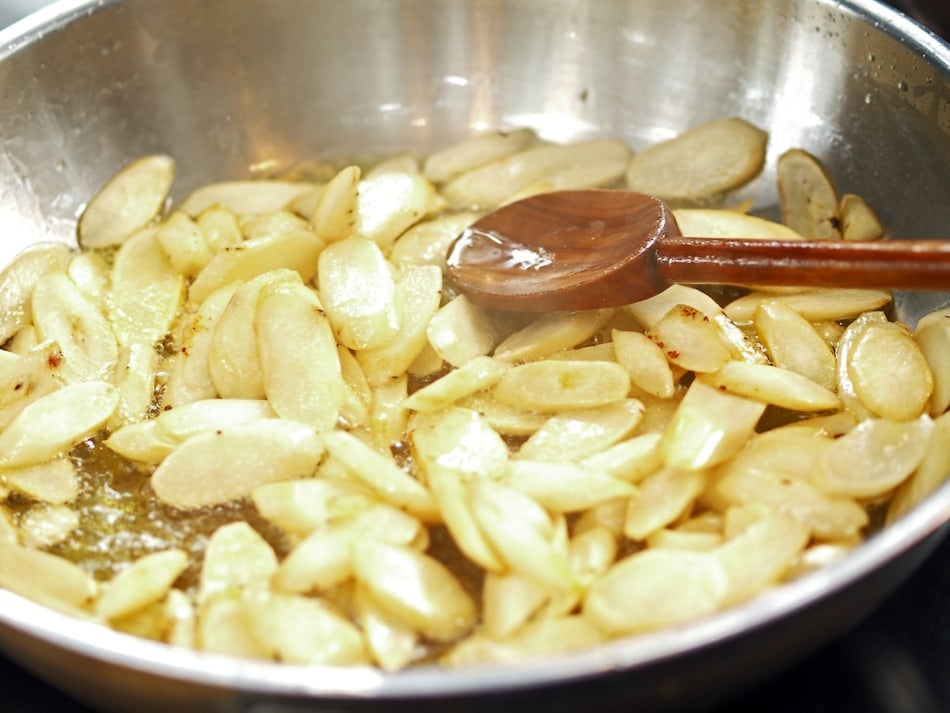
Pan Roasted Salsify Recipe
Ingredients:
- Salsify roots
- extra virgin olive oil (2 tablespoons)
- Fresh parsley (chopped)
- Lemon (1, juiced)
- Kosher salt
- Fresh ground black pepper
- Water (for boiling)
Instructions:
- Cut off the tops and tips of each root and scrape off the dark outer skin. Cut each root into smaller pieces, about 2 inches long.
- Bring water to a boil with lemon juice (this prevents the salsify from darkening). Boil the pieces until tender, about 20-30 minutes. Drain, and cool slightly, then cut the pieces in half, lengthwise.
- Place olive oil in a large saute pan over medium-high heat. Place the drained salsify pieces in the olive oil with salt and black pepper.
- Cook until golden brown, turning the pieces gently. Add the fresh parsley and serve.

Amber Kanuckel
Amber Kanuckel is a freelance writer from rural Ohio who loves all things outdoors. She specializes in home, garden, environmental, and green living topics.




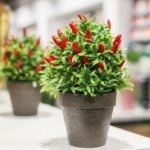

Good day. I have received the Salisfy in a dried form from a friend from Turkey. I have an Issue with prostrate presently. I was told to brew a tea with it and can add honey. I have now had it daily and added crushed ginger and a few cloves and a mint leaf to it including honey to sweeten. Has an awesome light flavor and taste. I need to find out more about salisfy as he himself didn’t know too much about it, apart from they use it for people with prostrate issues. What I like to find out is, does it have any form of healing properties and is it safe to have daily as I have been having it every morning for about a week? Also I have been using it with leaves root & stem in the boil.
As for the prostrate issue I haven’t as yet noticed much of a difference as I have also added SAW Palmetto and African Pygeum supplements to my treatment. I would appreciate some feed if possible. Thank you for a lovely article.
Heard about salsify while watching season 15 of Top Chef. Bruce used it & I was curious. Thanks so much for your comprehensive article Amber Kanuckel! I’ll use your recipe. I live in Alaska; will container grow inside, using wide mouth flat bottom bucket. Interested in using both greens & root.
I can not imagine anyone planting salsify seeds. Dandelion greens are also edible, and have pretty yellow blooms before turning into white seed puffs that are spread by slight breezes. Sounds and looks like a weed to me.
Yes, clearly a “weed”. But it’s a root vegetable so not exactly. We don’t eat dandelion roots vegetables. Or collards.
Doubt we’ve seen it in N. Am as salsify is native to Greece. Maybe still used there?
I have this purple variety growing in my backyard in central California. So it can be found outside of Greece.
Would like to know where I can find seeds for both black and white sasilfy.
Hi Linda, you can order both black and white salsify on any seed website (Johnny’s, etc) or anywhere you buy seeds.
You do scrape the shin,cut the roots in 3 “ length. Boil in salt and slightly vinegar water until au dentate. Serve with a white sauce with some lemon. Very good with pork meat
I’ve been watching this plant for a few weeks now and it seems like it blooms at erratic times. I can’t see a difference in the light and it’s at odd times of the morning. Any idea why this would be?
Our salsify has yellow flowers. Is this variety also edible? My yard is full of it.
Hi Holly, take a look at this article with photos to be sure that’s what you’ve got growing: http://fat-of-the-land.blogspot.com/2012/07/wild-salsify.html
I read the article; great info!
It’s one of the best article for black salsify
black salsify has more nutrients and it aslo used in most of the home remedies
Can you grow salsify black or white in tropical climate — Fiji thanks